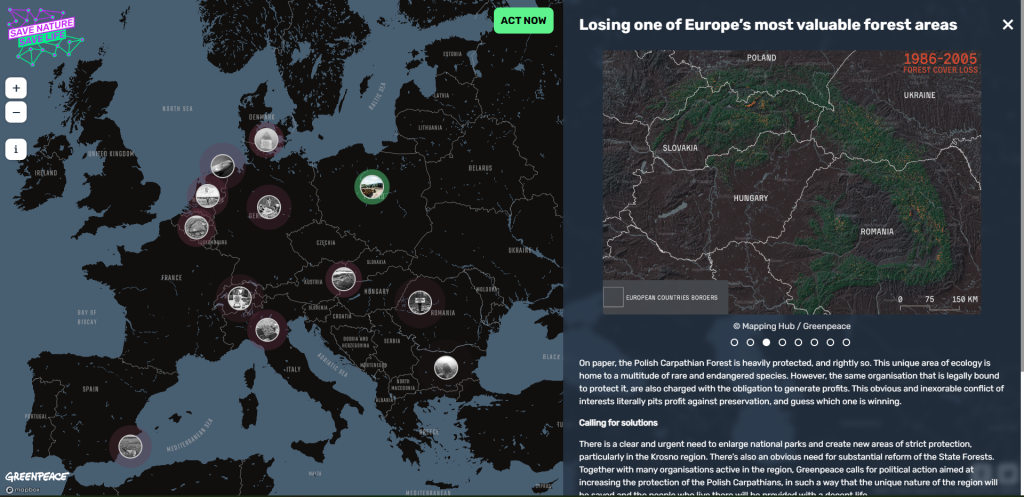
How life and biodiversity are destroyed in Europe
The case studies are indicative of the way global targets are ineffectual even in European countries who present themselves as role models of nature protection.
Nature needs action
European countries and especially the EU are positioned as global leaders in action against the climate crisis and biodiversity loss. Collectively, the EU is excellent at setting targets, writing goals and discussing the problem, but so far, has failed to achieve any essential targets to halt biodiversity loss even at home.
Let’s be clear: Europe’s nature is dying because of centuries of exploitation. Industrial agriculture and meat production with its devastating impact on soil and water systems, unsustainable logging and fishing, plastic, chemical and other pollution from industries and expansion of infrastructure and energy production have contributed to the dire state of diversity of life in Europe. Overproduction of meat killing ocean life in Denmark or the Carpathian forests, one of Europe’s last big forest areas being cut down. Local nature destruction are the small outbursts of a huge global problem.
The case studies in this webmap are indicative of the way global targets are ineffectual even in European countries who present themselves as role models of nature protection.

Around the world local groups, nature lovers and protectors are fighting to defend their homes and habitats. There is a clear message that the way we treat nature needs to change. But this has yet to happen at a political level. The only way to end this devastating destruction is to put nature and the overall planetary emergency at the top of the political agenda alongside the climate emergency, in Europe as well as globally. This means that we need to not only protect the life supporting systems of nature, but also tackle the root causes and drivers of these emergencies.
Can nature count on you?
